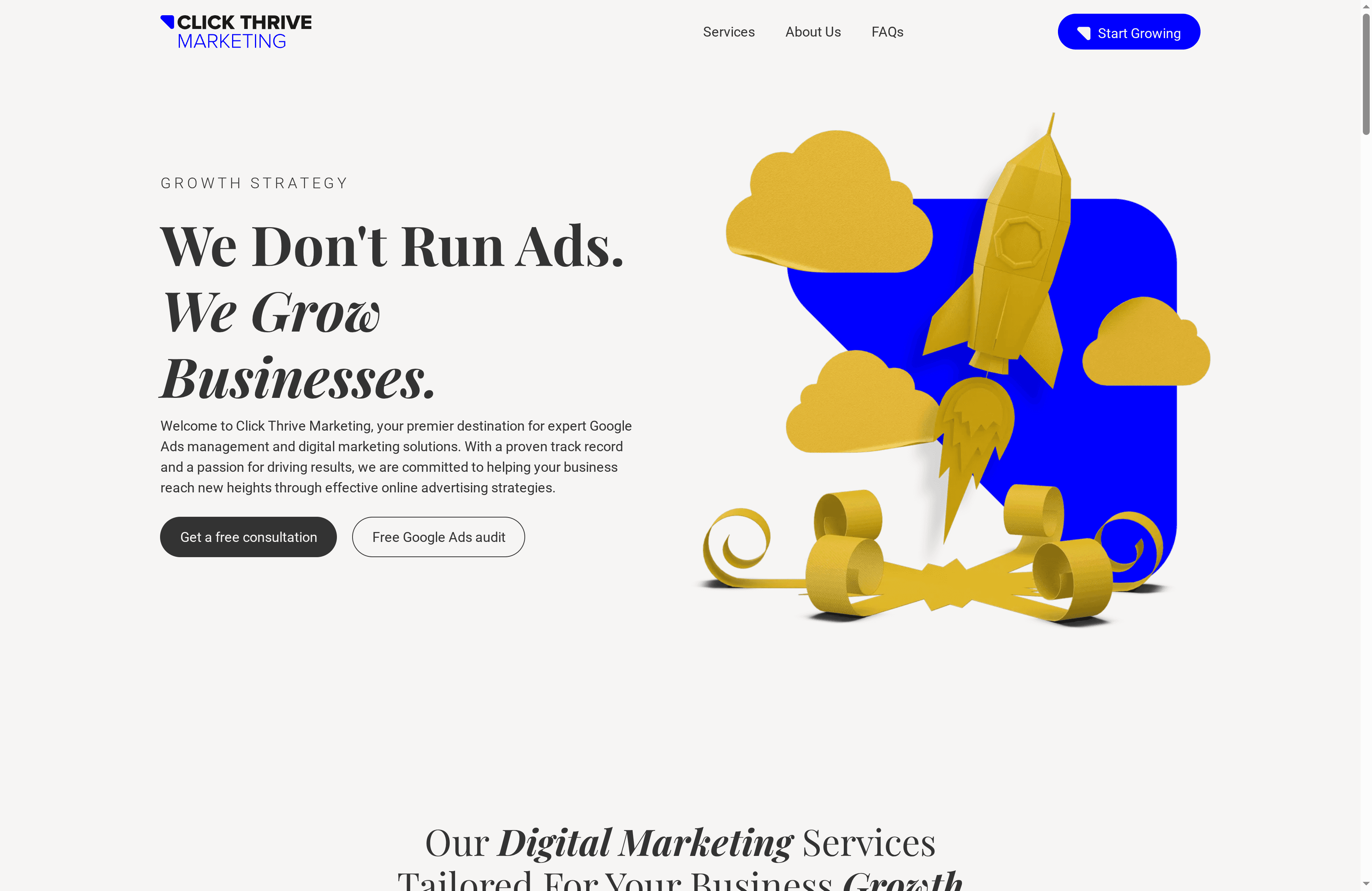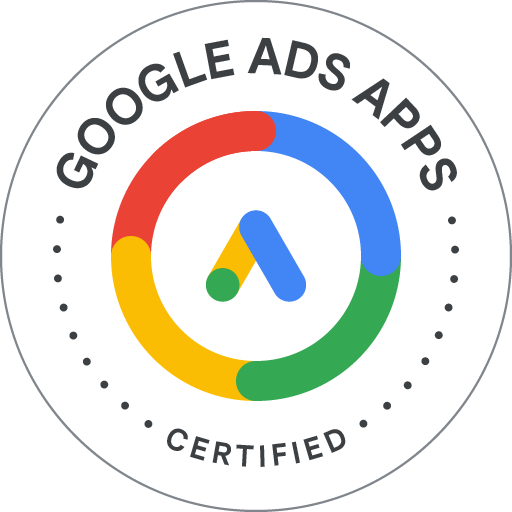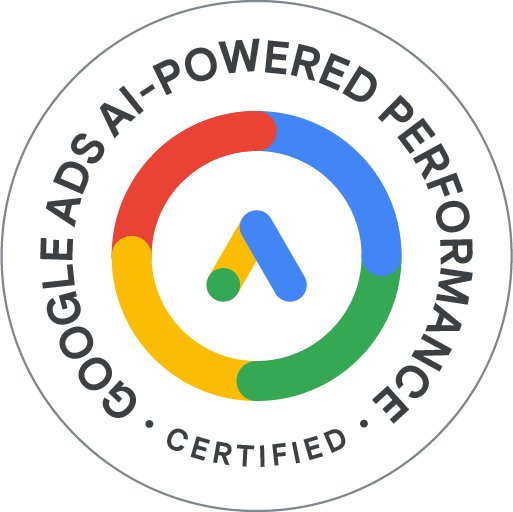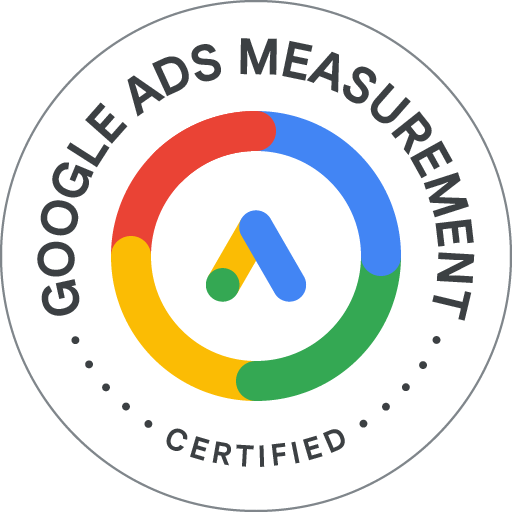Over 80 percent of american businesses struggle to improve their website conversion rates despite investing in digital marketing. Even small changes in how visitors interact with your site can lead to dramatic shifts in revenue and growth. If you want to outpace your competition and capture more value from your online presence, a step by step approach to conversion optimization reveals actionable insights that drive real results.
Table of Contents
- Step 1: Audit Current Conversion Performance
- Step 2: Identify and Prioritize Conversion Bottlenecks
- Step 3: Implement Targeted Conversion Optimizations
- Step 4: Test Variations and Analyze Results
- Step 5: Monitor Progress and Refine Strategies
Quick Summary
| Key Takeaway | Explanation |
|---|---|
| 1. Audit your current conversion performance | Gather key metrics like conversion rates and bounce rates to evaluate how well your site converts visitors into customers. |
| 2. Identify and prioritize conversion bottlenecks | Create a conversion funnel map and rank issues based on their potential revenue impact to target optimizations effectively. |
| 3. Implement targeted conversion optimizations | Make incremental changes to website elements such as headlines and calls to action, then measure their impact to refine strategies. |
| 4. Test variations and analyze results | Use A/B testing to compare changes and establish statistically significant results to determine what optimizations work best. |
| 5. Monitor progress and refine strategies | Set up a dashboard to track key performance indicators and conduct regular reviews to adjust your strategies based on performance data. |
Step 1: Audit Current Conversion Performance
Understanding your current conversion performance is like taking your digital marketing’s pulse. According to Crazy Egg, a comprehensive website conversion audit involves evaluating multiple critical elements that determine how effectively your online presence turns visitors into customers.
Start by gathering key performance metrics from your analytics platforms. Pull conversion rate data, bounce rates, average time on page, and user flow information. Look for specific patterns like where users drop off in your conversion funnel or which pages have unusually low engagement. Pay special attention to landing pages, checkout processes, and lead generation forms. MS Interactive recommends conducting these periodic checkups to quickly identify and address potential performance issues.
A pro tip for your audit: segment your data by traffic source, device type, and user demographics. This granular approach helps you pinpoint precise areas needing optimization. Some conversions might lag on mobile devices while performing excellently on desktop, or certain traffic sources could deliver dramatically different results. By understanding these nuanced insights, you can develop targeted strategies to improve overall conversion performance.
Next, you’ll dig deeper into analyzing specific conversion barriers and user experience friction points that might be preventing potential customers from taking desired actions.
Step 2: Identify and Prioritize Conversion Bottlenecks
The goal of this step is to uncover and systematically rank the obstacles preventing potential customers from completing desired actions on your website. According to Capacity Plus, a structured approach to identifying bottlenecks requires careful stakeholder engagement and systematic assessment.
Begin by creating a comprehensive conversion funnel map that tracks user journeys from initial site entry to final conversion. Analyze each stage critically looking for points of friction or drop off. Key areas to examine include page load times, form complexity, call to action clarity, and overall user experience design. Capacity Plus recommends using a methodical process that involves consensus building among team members to ensure thorough evaluation.
A strategic tip for prioritization: calculate the potential revenue impact of each identified bottleneck. Not all conversion barriers are created equal some will have dramatically more financial significance than others. Rank your bottlenecks using a weighted scoring system that considers factors like conversion rate impact percentage, estimated revenue loss, and complexity of potential solutions. This approach transforms your optimization strategy from a guesswork exercise into a data driven roadmap.
With your bottlenecks now mapped and prioritized, you are ready to develop targeted strategies for systematically removing these conversion obstacles and improving overall website performance.
Step 3: Implement Targeted Conversion Optimizations
In this critical stage, you will transform your identified conversion bottlenecks into actionable improvements that drive meaningful results. According to LexiConn, effective conversion optimization requires a strategic approach focusing on content refinement, visual appeal, and precise targeting.
Start by implementing targeted changes across key website elements. Prioritize reworking headlines to be more compelling and direct, refining calls to action with clear value propositions, and enhancing page layouts to guide users seamlessly toward conversion points. Factory Pattern recommends addressing technical and user experience issues simultaneously to create a comprehensive optimization strategy. This might involve simplifying form fields, improving page load speeds, ensuring mobile responsiveness, and creating more intuitive navigation paths.
A pro tip for optimization success: implement changes incrementally and use A/B testing to measure their impact. Not every modification will yield positive results, so track key performance metrics carefully. Develop a systematic approach where you test one variable at a time, allowing you to understand precisely which changes drive improved conversion rates. This data driven method transforms optimization from guesswork into a precise scientific process.
With these targeted optimizations in place, you are now prepared to continuously monitor and refine your conversion performance, ensuring your digital marketing efforts consistently deliver maximum return on investment.
Step 4: Test Variations and Analyze Results
In this crucial phase, you will systematically validate your conversion optimization strategies through rigorous testing and comprehensive data analysis. Mighty Citizen emphasizes the importance of measuring performance metrics to understand the true impact of your website variations.
Set up A/B testing protocols that compare your original webpage against carefully crafted alternative versions. Focus on testing one variable at a time such as headline text, button colors, form layouts, or call to action placements. Niche recommends tracking multiple performance indicators including conversion rates, bounce rates, time on page, and referral source engagement to gain a comprehensive understanding of each variation’s effectiveness.
A strategic tip for meaningful analysis: establish statistically significant sample sizes before drawing conclusions. Many marketers make the mistake of stopping tests too early or interpreting results from insufficient data. Aim for at least 95% confidence level in your test results, which typically requires thousands of visitors and multiple conversion cycles. This disciplined approach transforms testing from guesswork into a precise scientific method of continuous improvement.
With your test results now carefully analyzed, you are prepared to implement the most successful optimizations and begin the next cycle of strategic refinement.
Step 5: Monitor Progress and Refine Strategies
This final stage transforms your conversion optimization efforts into a continuous improvement cycle that adapts and evolves with your business landscape. Your goal is to create a dynamic monitoring system that provides real time insights into your digital marketing performance and allows for rapid strategic adjustments.
Establish a comprehensive dashboard that tracks key performance indicators across multiple dimensions. Focus on metrics like conversion rate, cost per acquisition, average order value, and customer lifetime value. Set up automated reporting mechanisms that send weekly or monthly performance summaries, enabling you to quickly identify trends, anomalies, or emerging opportunities. Create benchmarks for each metric and develop clear protocols for when and how to initiate strategic refinements based on observed performance variations.
A critical pro tip for sustainable optimization: develop a rhythm of periodic strategic reviews. Schedule quarterly deep dive sessions where you comprehensively assess your conversion performance, analyze long term trends, and recalibrate your optimization approach. This disciplined review process prevents stagnation and ensures your marketing strategies remain agile and responsive to changing market conditions.
With a robust monitoring and refinement framework in place, you have transformed conversion rate optimization from a one time project into a continuous strategic advantage for your business.
Take Your Conversion Rate Optimization To The Next Level Today
Struggling to pinpoint why your website visitors are not turning into customers is frustrating. This article breaks down the essential steps from auditing your current conversion rates to testing and refining strategies for higher online ROI. If you want to overcome conversion bottlenecks and maximize every click’s potential, you need expert support that understands these challenges inside out.
At Click Thrive Marketing, we specialize in precisely this kind of conversion rate improvement through smart Google Ads management and lead generation tailored for small to medium businesses. Bring your digital marketing efforts from simply good to truly exceptional by leveraging our proven, data-driven approach to optimize campaigns and increase conversions. Ready to stop losing potential leads and start scaling your business with measurable results? Explore our Uncategorized Archives for insights that complement your learning and visit our homepage to get started with a strategy designed to boost your online ROI now.
Frequently Asked Questions
How can I audit my current conversion performance?
Start by gathering key performance metrics such as conversion rates, bounce rates, and time on page from your analytics platforms. Analyze user flow information to identify drop-off points in the conversion funnel and make sure to assess pages that are critical to conversions, like landing pages and checkout processes.
What common conversion bottlenecks should I look for on my website?
Focus on structural issues like slow page load times, complex forms, and unclear calls to action. Create a conversion funnel map to track user journeys and identify specific areas where users tend to drop off.
How do I implement targeted optimizations for better conversion rates?
Begin by refining website elements such as headlines and calls to action to make them more compelling. Prioritize changes that enhance user experience, like simplifying navigation and improving mobile responsiveness, and track key performance metrics for impact.
What is the best way to test the effectiveness of my conversion optimizations?
Use A/B testing to compare different versions of web pages, focusing on one variable at a time, such as button color or text. Set up tests that ensure a statistically significant sample size to accurately assess the effectiveness of your changes.
How often should I monitor my conversion performance?
Establish a consistent monitoring schedule, ideally on a weekly or monthly basis, to review key performance indicators. Regularly analyze trends and anomalies to make timely adjustments to your conversion strategies and improve ROI.
How can I create a continuous improvement cycle for conversion optimization?
Build a dynamic monitoring system that tracks key metrics like conversion rates and customer lifetime value. Schedule periodic strategic reviews, at least quarterly, to assess long-term performance trends and adjust your optimization strategies accordingly.
Recommended
- 7 Proven Conversion Rate Optimization Tips for Small Businesses – Click Thrive Marketing
- How to Generate Leads for Small Businesses Online – Click Thrive Marketing
- Performance Marketing Process for Maximizing ROI Results – Click Thrive Marketing
- Performance Marketing Explained: Key Concepts and Strategies – Click Thrive Marketing









